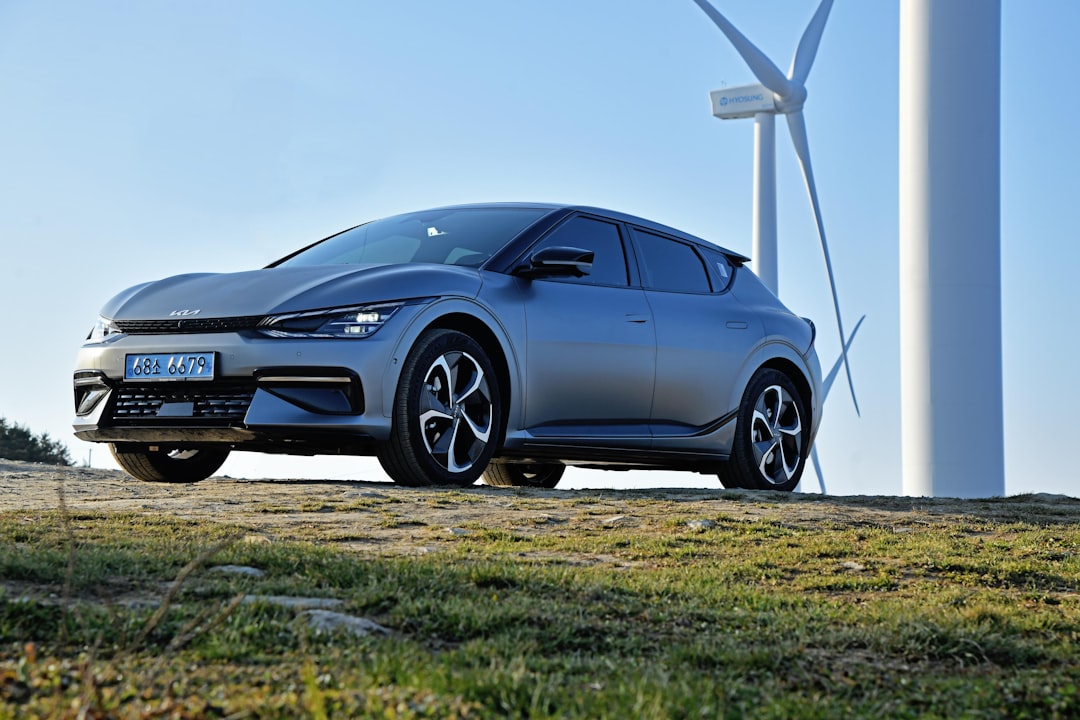In the rapidly evolving landscape of electric vehicles (EVs), one innovation has captured the attention of both industry insiders and eco-conscious consumers alike: BYD’s Blade Battery. Launched in 2020, this groundbreaking technology has been a game-changer in the EV market by offering enhanced safety, efficiency, and sustainability. With the global push towards cleaner energy solutions, understanding how the Blade Battery is revolutionizing electric vehicles is crucial for both current and potential EV users. In this article, we’ll explore the impact of BYD’s Blade Battery on the EV industry, its unique features, and what this means for the future of sustainable transportation.
The Blade Battery: A Revolutionary Leap Forward
Unpacking BYD’s Blade Battery Technology
BYD, short for Build Your Dreams, has been at the forefront of battery innovation, and the Blade Battery is a testament to their commitment to advancing EV technology. Unlike traditional lithium-ion batteries, the Blade Battery employs a lithium iron phosphate (LFP) chemistry, which is known for its superior thermal stability and safety.
- Enhanced Safety: One of the Blade Battery’s standout features is its exceptional safety profile. Unlike other batteries that can be prone to thermal runaway, the Blade Battery has undergone rigorous testing to prevent such occurrences. In a nail penetration test, a common method to simulate short-circuiting, the Blade Battery demonstrated minimal heat emission and zero smoke or fire. This makes it one of the safest options available, a critical factor for consumers prioritizing safety in their EV purchase.
-
Efficiency and Longevity: The Blade Battery offers impressive energy efficiency, with a lifecycle of up to 1.2 million kilometers, or approximately 3,000 charge cycles. This longevity not only reduces the need for battery replacements but also significantly decreases the environmental impact over the vehicle’s lifetime.
Technical Advancements and Impact on Performance
The Blade Battery’s design is as innovative as its chemistry. It’s thinner and longer compared to traditional battery cells, allowing for better space utilization inside the vehicle. This design improvement translates to:
- Increased Range: With more room for battery cells, EVs equipped with Blade Batteries can achieve greater driving ranges. For instance, the BYD Han EV, a sedan powered by the Blade Battery, boasts a range of over 600 kilometers on a single charge.
-
Cost Efficiency: By optimizing the use of materials and reducing the overall weight of the battery pack, BYD has made the Blade Battery more cost-effective. This price advantage is crucial in making EVs more accessible to a broader audience.
Practical Considerations for EV Consumers
What to Consider When Buying an EV with a Blade Battery
If you’re in the market for an electric vehicle, considering one equipped with BYD’s Blade Battery could be a wise decision. Here are some factors to keep in mind:
- Safety: As mentioned, the Blade Battery’s superior safety features make it an attractive option for families and safety-conscious drivers.
-
Longevity: The extended lifecycle of the Blade Battery means reduced maintenance costs over time, offering long-term financial savings.
-
Environmental Impact: With its efficient design and extended lifespan, the Blade Battery contributes to a lower carbon footprint, aligning with sustainable living goals.
Charging and Infrastructure
When it comes to charging, vehicles with Blade Batteries are compatible with existing charging infrastructure. However, due to their efficiency, they often require less frequent charging, maximizing convenience for users.
- Fast Charging: Many Blade Battery-equipped vehicles support fast charging, allowing you to recharge up to 80% in under an hour at compatible stations.
-
Global Availability: BYD is expanding the reach of their Blade Battery-powered vehicles, with models available in key markets including China, Europe, and select regions in North America.
Comparing the Blade Battery to Other Technologies
When comparing the Blade Battery to other battery technologies, several distinctions stand out:
- LFP vs. NCM: While many EV manufacturers use nickel-cobalt-manganese (NCM) batteries, the Blade Battery’s LFP chemistry offers a safer and often more affordable alternative without sacrificing performance.
-
Thermal Management: The Blade Battery’s design inherently manages heat more effectively than traditional battery packs, reducing the risk of overheating and improving overall reliability.
-
Sustainability: The reduced reliance on scarce materials like cobalt not only cuts costs but also lessens the environmental impact associated with mining these materials.
Conclusion: The Future of EVs with BYD’s Blade Battery
As the world shifts towards a more sustainable future, BYD’s Blade Battery stands out as a pivotal innovation in the EV industry. Its blend of safety, efficiency, and affordability not only meets the needs of today’s consumers but also sets a new standard for what electric vehicle batteries can achieve. For those considering making the switch to electric, vehicles equipped with the Blade Battery represent a smart, forward-thinking choice.
Are you ready to join the electric revolution? Whether you’re an EV enthusiast or a newcomer to the world of electric vehicles, the Blade Battery offers a glimpse into the future of transportation. As we look ahead, it’s clear that innovations like BYD’s Blade Battery will continue to shape the trajectory of sustainable mobility, paving the way for a cleaner, greener planet. What do you think? Could the Blade Battery be the key to unlocking the full potential of electric vehicles? Share your thoughts and join the conversation!

